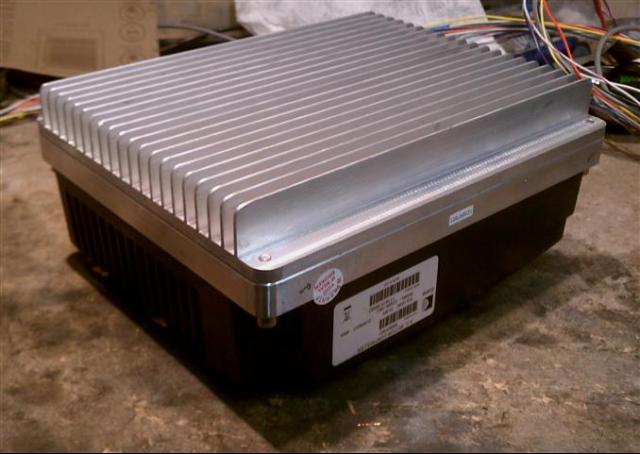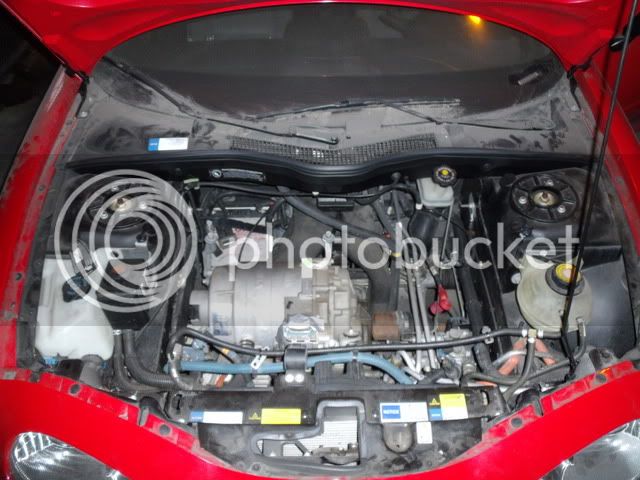The Tesla Scooter!
The prototype has been tested for about 1000 miles and still runs smooth. It has a small 110V 1.4KW 3 phase brush-less AC induction motor and a 120V controller that holds up to 100A current. The motor is brush-less and its lifetime is endless, the only thing you can change on the motor is the ball bearings. With a such small motor and weight of 330lbs (150kg) because it has lead batteries, it runs about 35mph (55kmh) on a flat road and more on a downhill. We are in need of a investor for a mass production. We have more than 3 years of experience with electric scooters, two conversions so far. Excellent skills in microprocessor coding with assembler and I'd say electronics genies. The electronics for the Tesla Scooter are self-made from scratch. Every tiny resistor is bought and soldered by us. The technology we use is similar to the one Tesla Roadster uses, the main difference is that they use third party controllers made by Siemens and we made it all from scratch! You can contact me at ackovski@yahoo.com and find the videos at YouTube on the ShotgunEasy's channel.
http://www.youtube.com/user/ShotgunEasy
The prototype has been tested for about 1000 miles and still runs smooth. It has a small 110V 1.4KW 3 phase brush-less AC induction motor and a 120V controller that holds up to 100A current. The motor is brush-less and its lifetime is endless, the only thing you can change on the motor is the ball bearings. With a such small motor and weight of 330lbs (150kg) because it has lead batteries, it runs about 35mph (55kmh) on a flat road and more on a downhill. We are in need of a investor for a mass production. We have more than 3 years of experience with electric scooters, two conversions so far. Excellent skills in microprocessor coding with assembler and I'd say electronics genies. The electronics for the Tesla Scooter are self-made from scratch. Every tiny resistor is bought and soldered by us. The technology we use is similar to the one Tesla Roadster uses, the main difference is that they use third party controllers made by Siemens and we made it all from scratch! You can contact me at ackovski@yahoo.com and find the videos at YouTube on the ShotgunEasy's channel.
http://www.youtube.com/user/ShotgunEasy












